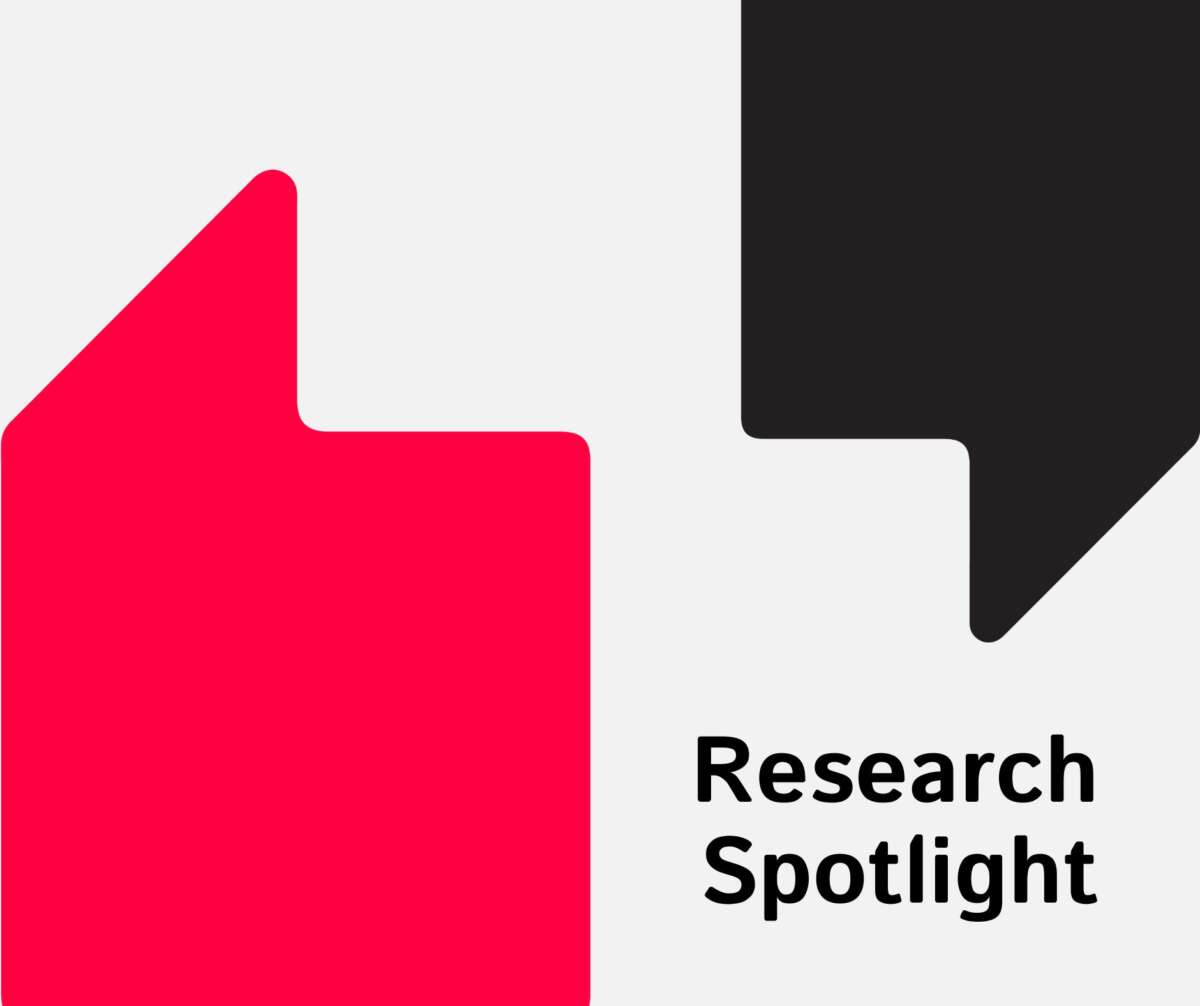Professor Pat Thomson, CLA Senior Evidence Associate, surveys the latest international research on arts and cultural learning. Each month Professor Thomson puts a spotlight on a report that is particularly relevant for CLA, and which adds to the growing body of evidence on the value of arts teaching and experiences, in and out of school. This month we have a focus on the socioeconomic factors at play in the pipeline to the creative industries. This focus echoes calls in CLA’s Blueprint for an arts-rich education to ensure that the cultural sector be resourced to respond strategically to meet the needs of young people in schools and their communities.
Holt-White, A, O’Brien, D, Brook, O and Taylor, M(2024) The Creative Class Divide: Implications for Arts Education. The Sutton Trust
Arts educators often make the argument that arts education is vital for the survival of the creative industries. However, this 2024 Sutton Trust report suggests that this is only a part of the story – there are significant socio-economic barriers across the creative sector, as this report evidences.
Holt-White, O’Brien, Brook and Taylor combined analysis of Higher Education Statistics Agency (HESA) data from 2017-2022 with Labour Force Survey statistics to examine who accesses creative education and professions. The investigation revealed a persistent class crisis in creative higher education and employment. Despite creative industries contributing significantly to the UK economy, access remains highly stratified by socio-economic background. At the most prestigious institutions, inequality is stark: over half of creative students at Oxford, Cambridge, King’s College London and Bath come from upper-middle-class backgrounds.
Schooling is key to this higher education inequality. The Sutton Trust report identifies several drivers: the exclusion of creative subjects from the English Baccalaureate (EBacc), school funding pressures, and higher resource costs for subjects like art and design (see the latest CLA Report Card for details). These drivers have inequitable consequences. While private schools continue to offer robust creative education and extracurricular activities, state school students with creative aspirations have fewer opportunities to develop the knowledge and skills required for higher education admission, particularly for specialist institutions and conservatoires where auditions and portfolios are essential. The disparity between private and state schools creates what the report terms a “pipeline problem” where disadvantaged students in particular face cumulative barriers throughout their educational journey.
The report recommends that schools be encouraged to offer creative subjects by changing accountability measures, particularly revisiting how the EBacc impacts curriculum decisions. The recommendation that “every state school student should have access to at least one creative trip or activity a year” highlights the importance of government support. Schools require funding to subsidise such experiences for disadvantaged students, and the report calls for an “arts premium” for schools, with focus on free school meals recipients. An arts premium would enable schools to provide music lessons, arts trips, and materials that families cannot afford.
There are implications in the report for arts organisations that work with schools too. The research suggests that organisations should prioritise partnerships with schools in disadvantaged areas where access to creative subjects is most limited. The data suggests targeted intervention is needed most where creative education has been reduced or eliminated. Second, arts organisations should consider how their programmes can complement diminishing formal creative and arts education, through workshops, residencies, and after-school programs that develop skills in music, drama, art, and other creative disciplines. Third, the report’s findings on higher education access suggest arts organisations could help build explicit pathways into creative careers. Programmes that connect young people with industry professionals, provide portfolio development guidance, and demystify application processes for specialist institutions could begin to address current inequities.
The report emphasises that funding for targeted cultural engagement should prioritise accessibility for low-income participants. The implication is that DCMS increase funding for arts organisations that reach schools, creators and audiences from disadvantaged backgrounds.
The research adds to the case for systematic change in how creative and arts education is valued and delivered. It underscores the urgent need to address fundamental inequities in access to creative learning. Rather than standalone interventions, sustainable approaches require collaboration between schools, arts organisations, higher education institutions, and policymakers to create pathways for creative education across socio-economic backgrounds. Without such coordinated efforts, creative industries risk remaining what the report identifies as “exclusive” and inaccessible to significant numbers of young people.




